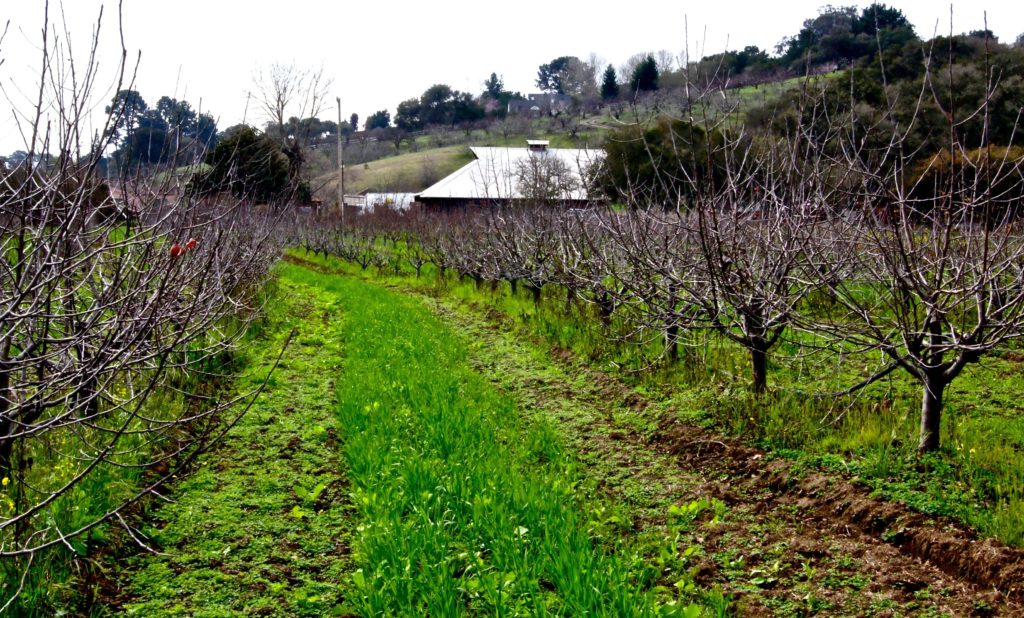Farm Discovery starts to feel a big shift in November. Our 9 month hustle from the Sheep to Shawl Faire at the Spring Equinox to the end of the Fall Field Trip & Farm Immersion season around Thanksgiving is winding down. We begin to feel the spaces in between the chaos, opportunities to regroup, reflect, reinvigorate, repair and refocus. Some of those same processes are also happening in the fields. Join us in our 5 favorite fall farming & gardening tasks.
1. Regroup: gather seeds
Many of your summer crops will have gone to seed or produced beautiful fruits from which you can collect seeds. Did you have an especially good tomato in your garden this year? Melon? Squash? A flower that blew you away? As long as that plant was not a hybrid variety, you can save the seed and see what next year’s generation will look and taste like.
2. Reflect: start your planning for spring by taking stock
What worked well this year? What didn’t? What was missing? What was bountiful? It is the ongoing project of a lifelong learner to always assess and evaluate, so the next iteration builds on your successes and improves upon mistakes. This fall we are working on garden planning techniques and strategies with Wavecrest. The students are looking ahead to spring, planning bed shapes and layouts, making seed order lists, but not without first reflecting on this past season.
3. Reinvigorate: add compost to the soil, put your beds to bed
After you have harvested your summer bounty, its a good time to add compost to your soil. Farm Discovery’s compost is made up of a rich mix of goat and chicken manure, veggie scraps and wheat stalks, corn stocks and student love. Often we assign the heavy lifting of compost building and turning to our youth visitors. Not only are their bigger, stronger bodies more capable of this physical work, but they are also more intellectually prepared for understanding the complexities of nitrogen cycles and nitrogen and carbon ratios. That being said, anyone can spread compost and preschoolers love this task. They still love being tucked into bed, so they understand our plants wanting the same thing.
4. Repair: tools, irrigation, animal pens, injuries
The high season can be hard on our infrastructure, tools, and bodies. As the days shorten and the weather waivers, we move to some projects we can do under cover. On a rainy cold day, we will bring all our hand tools into the barn to clean, sharpen and oil. Lucie will be finishing the rehab of our apple press this winter and Kirra will be patching up our hen aviary. I’m hoping we can all attend some more yoga classes.
5. Refocus: direct ambient nitrogen into your soil with cover crops
If you have the space, or just want a rest from gardening, planting a cover crop is the perfect way to keep your garden productive and more hands-off for these winter months. Plant a legume like fava beans, field peas or vetch and let the plants do the work for you. They will fix nitrogen in the soil, keep that beautiful top soil you have been cultivating from washing and blowing a way and keep unwanted weeds from taking over completely. You can also plant a mix that includes oats, or wheat. While these grains don’t fix nitrogen, they do produce edible seed and their stalks provide excellent organic matter and mulch for your spring beds. Our Farm Discovery fields will feature all of these cover crops. We hope you will help us harvest in the spring.




